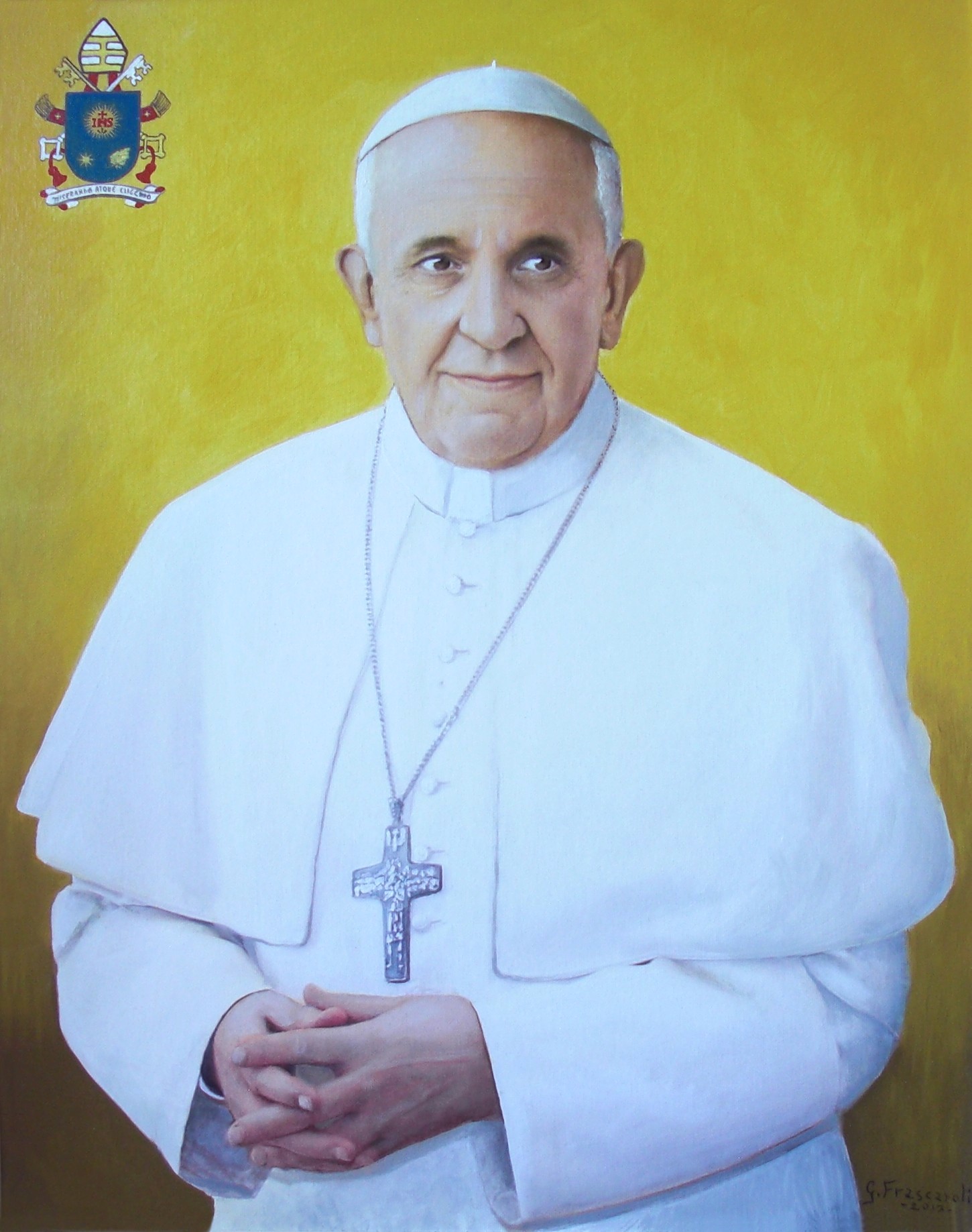The conclave: white smoke or black smoke?
We retrace the history, we know the curiosities and all the passages of the conclave. Key function for the election of a new Pope.
The term derives from the Latin cum clave and literally means locked. With this term it is called both the hall, where the ceremony of election of the new takes place Pope and let it be the rite itself. This function has very ancient roots and took its name in Viterbo in the distant 1270. The inhabitants of the city locked the cardinals in a room, uncovered the roof and enabled them to decide quickly. The new pontiff on that occasion was Gregory x. In reality, the first Pope elected cum clave was Gelasius II in 1118.
Over time there have been many procedures that have changed for this Catholic function. Today it is governed by the Catholic constitution promulgated by John Paul II in 1996. But what are all its phases? What takes place inside it is secret and it is forbidden for the cardinals, who have the task of electing, to reveal it even after its conclusion. On the opening day of the conclave, after the initial rites, the cardinals meet in the Sistine Chapel. The master of celebrations intimates the extra omnes, out of all strangers.

From that moment on, the first vote can be held to end the day. Voting takes place from the following day at a fixed rate of two in the morning and two in the afternoon. Thanks to the reform introduced by Benedict XVI, it takes two thirds of the votes to elect a pontiff. If this does not happen, after thirty-four ballots with no results, a ballot between the two leading candidates continues after the last two votes.
The conclave, white smoke and the public announcement.
Each voter stands up from his seat holding his ballot up. Swear aloud calling Christ the Lord in his testimony and goes to place the card on a plate that is placed on a chalice. Once the voting is over, the votes are counted. The first teller opens each card, observes what is written on it and passes it to the second teller who in turn passes it to the third. The latter reads the name aloud, punches the card and inserts it into a thread. This wire thus composed is inserted into a stove, and ignited with the addition of additives that determine the color of the smoke. Black if the vote ended unsuccessfully and white if the new Pope was decided.
At this point the newly elected is asked if he accepts his canonical election at the top pontiff, and with what name. Then follows the dressing with the white cassock and the other garments that distinguish the figure of the Pope. The last step is that of the announcement. From the central loggia of St. Peter's basilica, the proto-deacon pronounces the following sentence: "annuntio vobis gaudium magnum, habemus Papam". The new Pope appears preceded by the processional cross and will impart an urbi et orbi blessing.